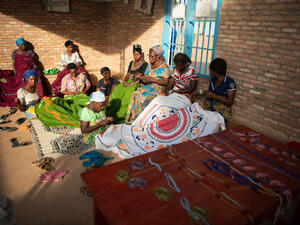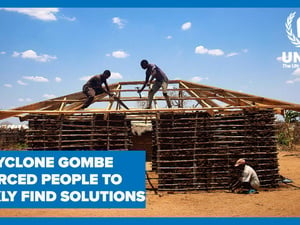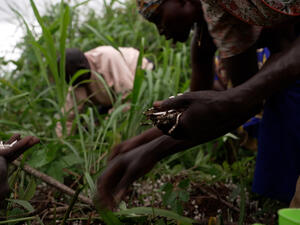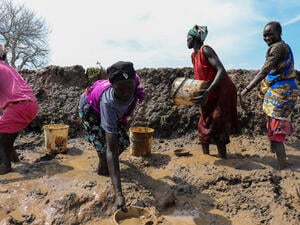Afghans returning home despite landmines and massive destruction
Afghans returning home despite landmines and massive destruction
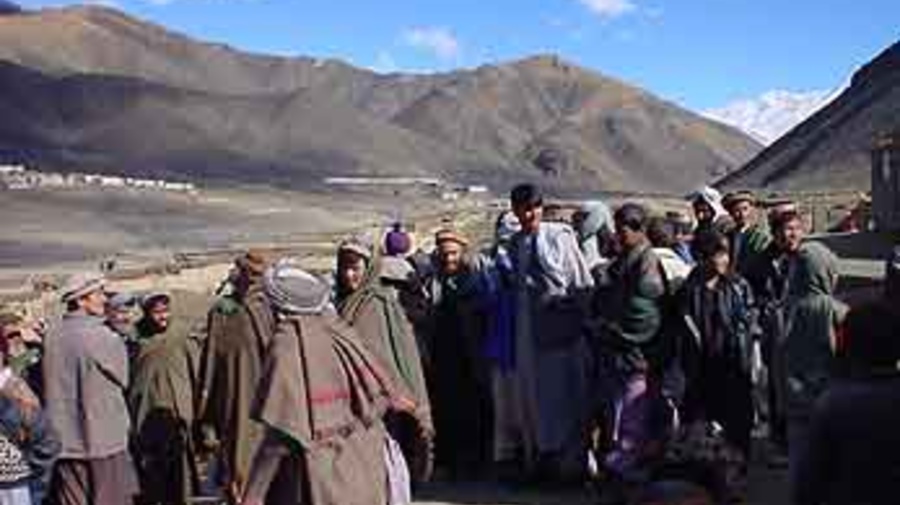
Internally displaced persons in Afghanistan's Panjshir Valley. Some have started returning home. UNHCR/F.Camargo
KABUL, Dec. 31 (UNHCR) - With security and political stability progressively returning to Afghanistan, tens of thousands of refugees and internally displaced persons are returning to their homes despite landmines and the massive destruction in many areas caused by two decades of war and drought.
In the last two months an estimated 60,000 refugees returned home from Pakistan and Iran, while over 30,000 internally displaced Afghans went back to the capital of Kabul since late November.
At the same time, several hundred civilians continue to leave the country for Pakistan every day.
"They're coming to Kabul because it's safe and more prosperous and because the international security force will be here," Daniel Endres, UNHCR's deputy chief of mission, said. "This could be a cause for concern. There is a limit to the absorption capacity of the capital."
On Monday, UNHCR undertook its first assisted return of internally displaced people, with 105 families returning from the Panjshir Valley to the homes they fled three years ago in the Shomali Plain east of Kabul.
"This is the start of what we hope will be a daily assisted return to the Shomali Plain," UNHCR spokeswoman Maki Shinohara said. About 200,000 villagers fled the region between 1998 and 2000 during fighting between Taliban and Northern Alliance forces.
A convoy of 27 buses and trucks operated by the International Organization for Migration took the families to three villages in the Shomali Plain where they were given shelter-repair kits to help reconstruct damaged homes. The return was preceded by a mine clearance operation in the villages and adjacent fields.
UNHCR and other UN agencies have scaled back their original plans to move 4,000 Tajik families, with many of those who registered for the move deciding to wait until spring.
"Generally people do not want to move in winter, they'd rather wait until the planting season in the spring," Endres said.
About half of the displaced are squatting around the capital, including 2,500 families living in an old Soviet compound. Another 4,000 people are living in what UNHCR officials described as "difficult conditions" in the Panjshir Valley, a canyon that stretches 150 kilometres north of Shomali.
Mines pose the main obstacle to those wishing to return, with local hospitals in the Shomali area alone receiving about five people a day injured by explosions. "UNHCR will assist returns to areas cleared by de-mining agencies," the refugee agency said in a statement, adding that it was also ready to help with quick impact projects. "But more substantive development assistance, such as infrastructure repair and job creation, is needed to make these returns sustainable,"
An estimated 1.3 million people have been displaced within Afghanistan by 22 years of war, while another 3.5 million sought refuge in neighbouring Iran and Pakistan.
The agency has cautioned over the past few weeks against a massive return of the 3.5 million Afghan refugees currently in Pakistan and Iran, saying that the country was not ready to receive a large influx of people. It cited the presence of land mines in many regions as well as insecure roads, especially in the south and east of the country, as major reasons for arranging returns in an orderly fashion.



